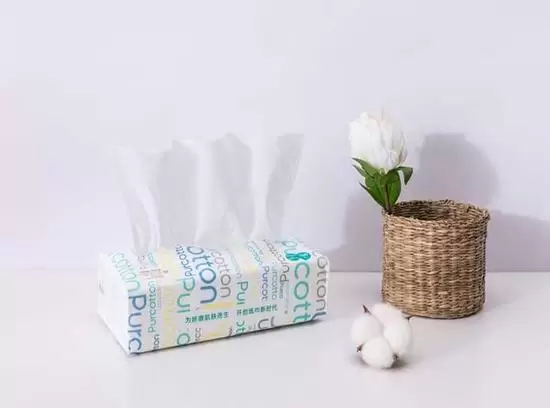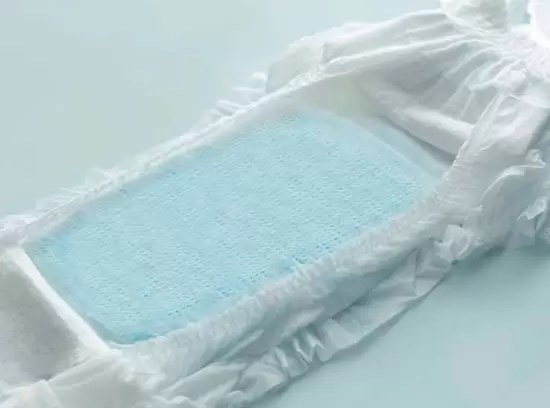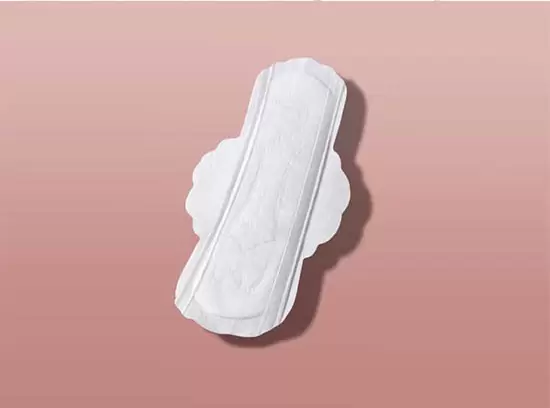Tampons are materials used to absorb menstrual blood during the menstrual cycle. There are many types of tampons, including cardboard applicators, plastic applicators, stretchable applicators and digital tampons, which are commonly used by women. The global tampon market can be segmented by product and material type. Based on product type, the market is divided into radial wound pledges and rectangular/square pads. By materials, the market is divided into cotton, rayon and blend. Most of the bulk tampons are made from a mixture of non-organic cotton and rayon, usually, chlorine bleached. Women are now more likely to buy 100% organic cotton tampons to avoid phthalates, pesticide residues, azo dyes and dioxins, especially in this absorbing and sensitive part of the body. It shows the huge potential of the organic tampon market.
Tampon Market Size
The global tampon market size is valued at over us $4.5 billion in 2020 and is expected to grow at a CAGR of 5.9% from 2021 to 2031. The global tampon market is expected to be worth more than $8.3 billion by the end of 2031. Geographically, North America holds the largest share of the tampon market as consumer behaviour changes, with consumers tending to purchase new and advanced products. Due to the large female population, the Asia Pacific region is likely to be the most attractive tampon market with a compound annual growth rate over the forecast period. In addition, the working female population with increased purchasing power is another major factor driving demand for better quality feminine health products.
Future Tampon Marketing
Rising awareness of women’s personal hygiene, along with rising female labour force participation, is one of the key factors driving the demand for biodegradable tampons globally. In addition, regulatory agencies in many countries are taking steps to promote menstrual hygiene. In addition to that, since the tampon is seamless, it is travel-friendly and provides a protective leak barrier. Women are increasingly participating in sports and other physical activities, using tampons to help them perform better. In addition, leading manufacturers are producing organic tampons that are free of synthetic chemicals, pesticides and fertilizers. There is growing awareness of the harmful health and environmental effects of chemicals found in everyday products. Future tampon marketing will be strongly associated with health and organic.
Why Organic Tampons Are Better?
Organic tampons are made from organic cotton and are grown without synthetic pesticides or fertilizers. Non-organic styles usually use a mixture of cotton and rayon. The idea behind using organic cotton is to make tampons more environmentally friendly by not using any type of plastic. Organic tampons are also good for women’s hygiene because they don’t contain bleach or harmful chemicals. The growing need for convenience and comfort when using hybrid and bulk organic tampons has led sellers of all kinds to continually produce better quality products that offer maximum comfort to consumers. Winner PurCotton uses high-quality biodegradable cotton to produce tampons, and advocates a natural, eco-friendly lifestyle.
Tampon Design













